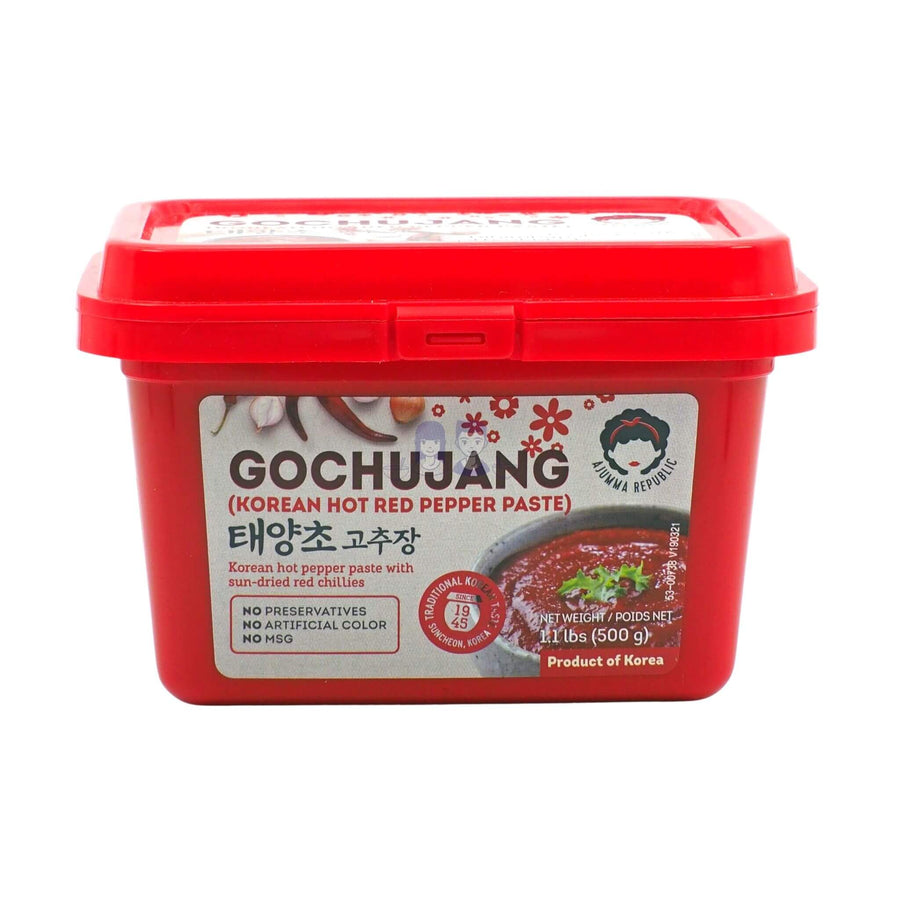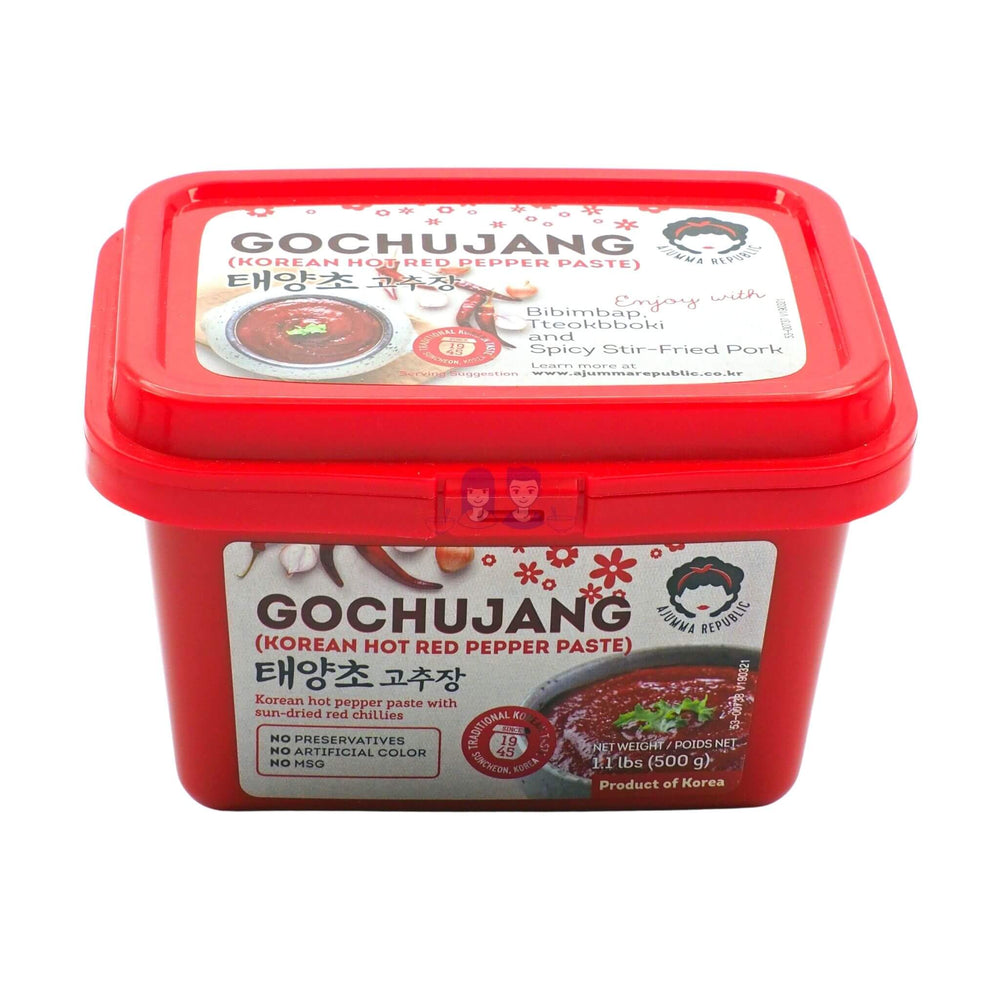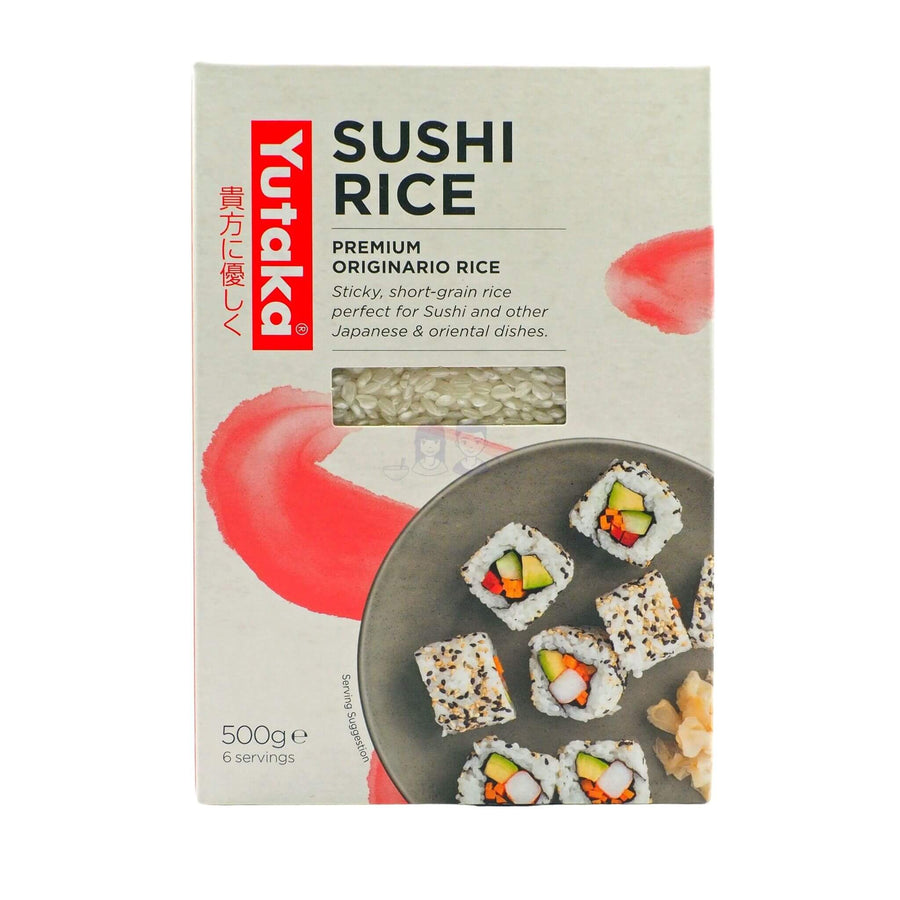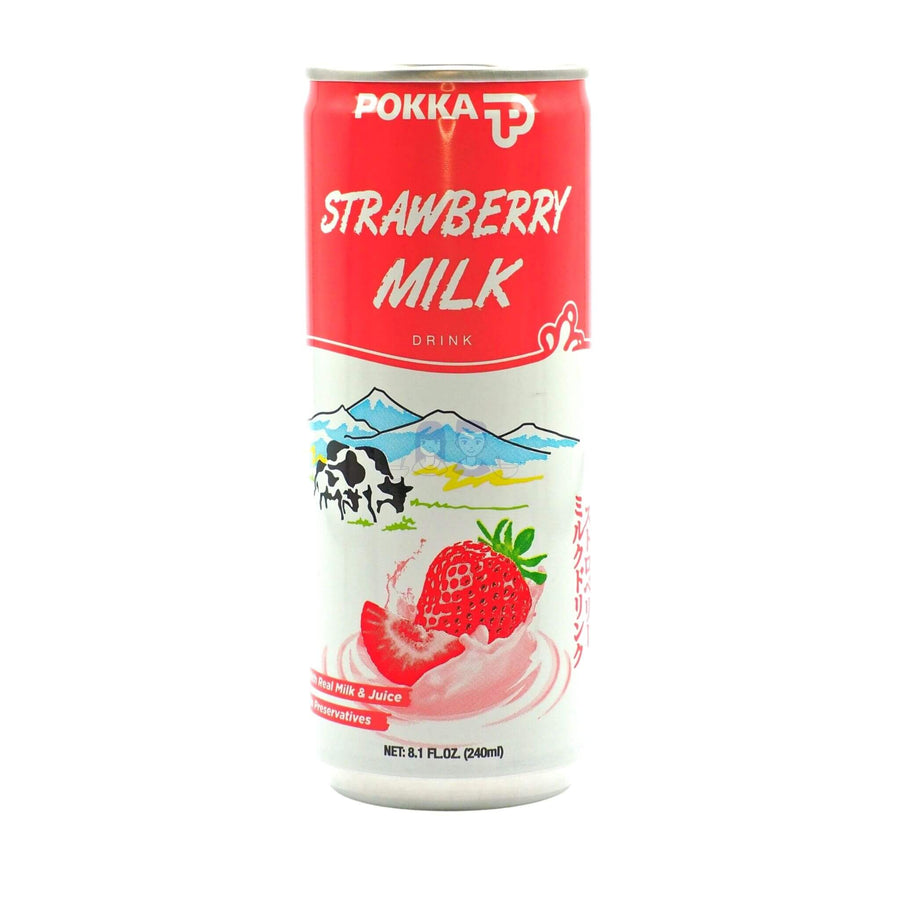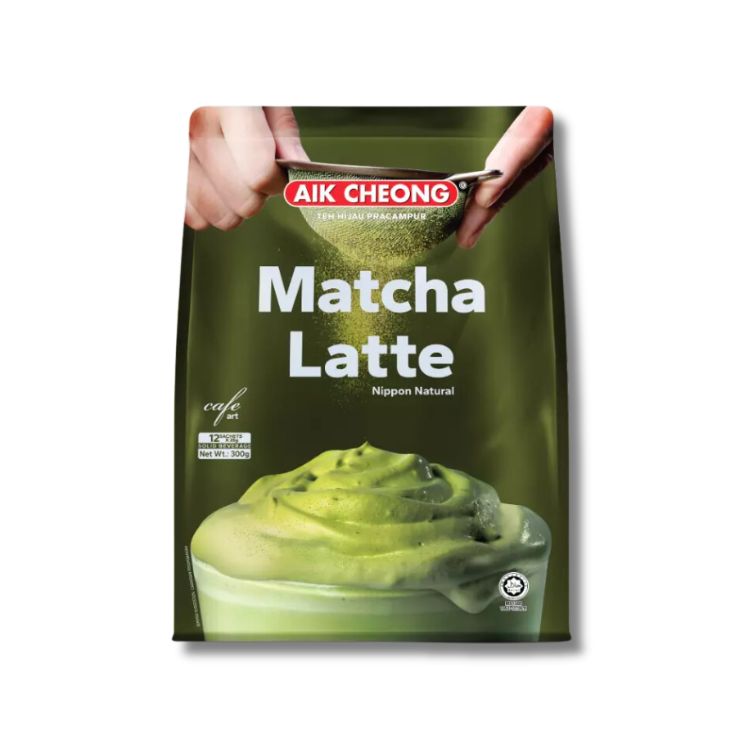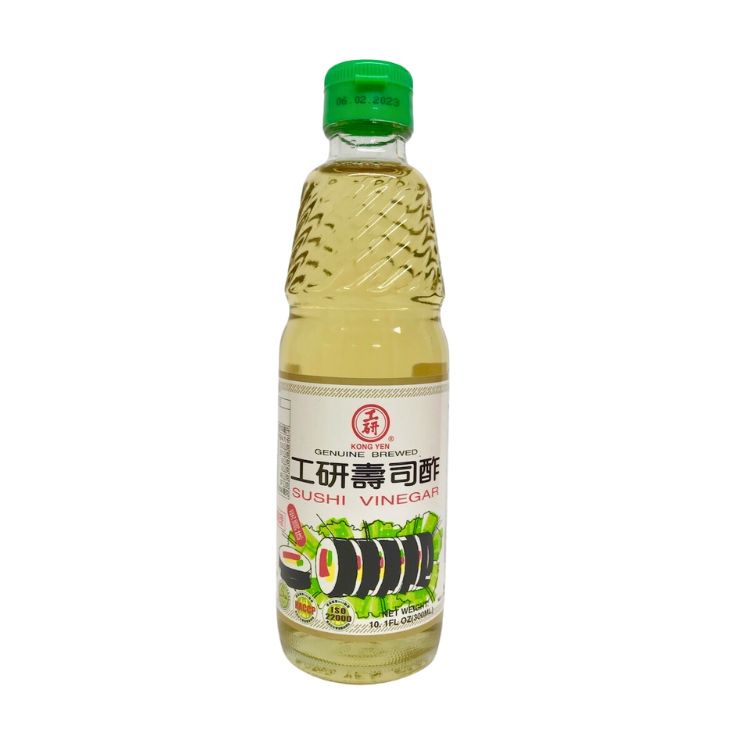From Pak Choi to Lotus Root, What’s So Special About Asian Vegetables?
From the bustling streets of Bangkok to the vibrant markets of Beijing, Asian vegetables have inspired a wide range of flavours across Southeast and East Asia cuisine.
Asian vegetables aren’t just about delightful flavours; many of these greens are believed to offer numerous health benefits, such as boosting immunity and promoting digestion.
Today, we'll share 20 of these vegetables – from their flavours, textures and potential recipe pairings – that you can look out for the next time you are shopping for Asian ingredients.
Let's get started!
→ Shop now: Our Online Asian Supermarket
#1 Napa Cabbage
Napa cabbage originates from China. It's a type of Chinese cabbage with white stems and pale green leaves. A versatile vegetable that sweetens when cooked, we like to cook it in stews, stir-fries, Asian soups and Asian hot pots - especially together with light proteins such as tofu. Other popular dishes featuring this vegetable include kimchi and Asian slaw or just about anything containing spicy or tangy dressings.
Comparison: Much like the Western white cabbage, but Napa cabbage boasts a lighter, more delicate flavour consisting of a mild sweetness.

#2 Pak Choi
Another popular type of Chinese cabbage, and our personal favourite, is the leafy Asian green, pak choi. There are two types of pak choi: white pak choi, which have white stems, is slightly bitter and more suitable for Cantonese cooking, and Shanghai pak choi, a smaller-sized variety with light green stems that tastes sweeter. Cook this in Chinese stir-fries with chicken or prawns or as a steamed side dish.
Comparison: Visually and texturally, pak choi reminds me of Swiss chard, but with a distinct Asian flavour profile.

#3 Gai Lan (Chinese broccoli)
Did you know that broccolini is a cross between gai lan and broccoli? While it has similar long, green stems, gai lan has smaller florets and taste slightly more bitter. Gai lan is usually served steamed with oyster sauce or stir-fried with garlic and ginger. Gai lan pairs particularly well with robust meats, like beef.
Comparison: Imagine a bolder, more flavourful version of the common broccoli.

#4 Gai Choy (mustard greens)
Gai choy is a bitter, slightly peppery-tasting mustard green with thick white stems and long leaves. It’s often stir-fried with garlic or ginger to balance out the pungent flavours but can also be eaten pickled, added to soups or even served alongside smoked or cured meats.
Comparison: Gai choy reminds me of the mustardy kick of rocket but with a heartier texture.

#5 Choy Sum
A leafy green vegetable with distinctive yellow flowers, choy sum is popular in Chinese cooking. With its sweet flavour and tender texture, choy sum goes well as a side dish or added to other dishes like soups or stir-fries. It’s often served blanched with oyster sauce at dim sum eateries, or try roasting it with a hint of sesame oil for a smoky flavour. We also find it delicious with both steamed fish or prawn dumplings, draped with a touch of soy or hoisin sauce.
Comparison: If you've enjoyed spinach or sprouting broccoli, choy sum offers a similar leafy satisfaction but with a unique Asian twist.

#6 Kangkong (water spinach)
Kangkong is a long, leafy vegetable with hollow stems and a tender texture. Native to Southeast Asia, this vegetable has found its way across East and Southeast Asian cuisines. As its mild flavours are accentuated through various marinades and sauces, kangkong is often served stir-fried with garlic, ginger and belacan (dried shrimp paste). Rich in vitamins A and C, kangkong is thought to promote eye health and boost the immune system.
Comparison: To the British palette, kangkong might be likened to a more textured version of spinach.

#7 Chinese / Japanese radish
Daikon, or white radish, resembles a large white carrot. Often used in Japanese or Chinese cuisine, it can be eaten raw or cooked. With its sweet, lightly spiced flavour and crunchy texture, we enjoy Daikon as a garnish, as well as cooking it in Asian curries, stews, soups or even pickled and eaten alongside sushi. Its crisp texture is loved by many, providing a refreshing crunch in many dishes.
Comparison: Think of Daikon as a larger, whiter counterpart to the Western radish but less peppery.

#8 Kokabu greens
Also known as the Japanese white turnip, Kokabu has both long, bitter-tasting leaves and sweet turnips. Similar to other Asian greens, they’re very versatile and can be served raw in salads, pickled, or roasted in a mixed vegetable side dish.
Comparison: Visually similar to radish, the greens offer a slightly bitter flavour profile similar to turnip greens, but the sweet turnips are a delightful surprise.

#9 Mizuna (Japanese mustard)
Mizuna was originally grown in the Kyoto prefecture in Japan but is now cultivated throughout the country. With long, serrated leaves, mizuna has a slightly peppery taste – similar to arugula. It’s often served in salads to add texture, but also added to stir-fries, salads and soups to add flavour. We first encountered Mizuna at a quaint Japanese eatery, and its peppery taste instantly won us over.
Comparison: Mizuna might remind one of watercress, given its peppery edge.

#10 En choy
A type of Chinese spinach, most en choy are known for their distinctive red and green leaves. Similar to beetroot, their redness is derived from the antioxidant, betalains, which will colour the soup or liquid the vegetable is cooked in. En choy tastes very similar to spinach and is best served stir-fried with garlic or lightly steamed.
Comparison: Think of en choy as a vibrant, Asian counterpart to British beet greens.

#11 Amaranth greens
Amaranth greens are another type of Chinese spinach, with fully green leaves. Their texture and taste closely resemble that of spinach, and are often enjoyed stir-fried with garlic, or added to soups. A popular Chinese dish featuring amaranth greens is the delicious Chinese Spinach Egg Drop Soup.
Comparison: Western diners might find similarities between amaranth greens and spinach.

#12 Tung ho
Commonly found in Chinese and Japanese cooking, tung ho are also known as chrysanthemum leaves and have an incredibly unique flavour that’s both mildly bitter and peppery. Add them to dumplings, hotpots or soups to elevate your dishes.
Comparison: The bitterness and aromatic quality might be reminiscent of some herbs and greens like sage or parsley.

#13 Tatsoi
This small Chinese vegetable grows along the Yangtze River in China and has rounded, green leaves and short stems. It’s slightly sweet, similar to pak choi, and can be served raw in mixed salads due to its mild flavour, or cooked in soups and stews. We think tatsoi is great when paired with a sesame or soy-based dressing. You can even make this into a pesto!
Comparison: Similar in form to young spinach leaves, but with a distinct Asian flavour profile.

#14 Bamboo shoots
Bamboo shoots are featured in Asian cuisines such as Korean, Japanese and Chinese cooking. Known for their crispy textures and mild, earthy flavours, eat them stir-fried alongside proteins like beef or tofu, or steamed in soups and stews. Dried and fermented bamboo shoots are commonly added to Japanese ramen.
Comparison: In texture, they could be likened to artichoke hearts, though the taste is milder and more neutral.

#15 Long beans
A staple in Southeast Asia, Compared to Western long beans, Chinese long beans have a crunchier texture and an earthier flavour. They’re featured in the popular Sichuan Dry Fried Long Beans, and at times, added to braises or stews as they absorb the flavours of the dish without losing their unique taste. We recommend also trying them steamed with a drizzle of oyster sauce.
Comparison: Imagine green beans, but longer and with a deeper flavour.

#16 Taro
Native to Southeast Asia, taro is a starchy root vegetable with a brown exterior and cream-coloured flesh. With its sweet and nutty flavours, taro can be cooked in both savoury and sweet dishes including taro cakes. Serve it fried, roasted or simmered in curries; or add to desserts containing coconut or palm sugar as well as boba tea!
Comparison: Its starchy consistency might remind some of a mix between potato and swede.

#17 Lotus Root
Another starchy root vegetable, lotus root originated from Southern China and is now found in various parts of the world. With its crunchy texture and mellow flavour, add them to stir-fries, or soups, like the hearty Lotus and Pork Rib Soup. We also love eating it with a tangy dip. The Chinese believe lotus root can restore balance to your body, which adds to the allure of this vegetable!
Comparison: A crunchier, more robust version of courgette (zucchini).

#18 Chinese celery
While they bear a similar resemblance to Western celery, Chinese celery is much smaller with more intense flavours. Due to its pungent and peppery taste, Chinese celery is rarely served raw but often cooked in stir-fries to add texture and flavour. We love adding finely chopped Chinese celery into fried rice dishes.
Comparison: Envision traditional celery, but with an intense flavour that's more aromatic.

#19 Snow pea shoots
A commonly overlooked vegetable, snow pea leaves are the dark green leafy growths near pea pods. With their naturally sweet flavours, they’re usually stir-fried in garlic, added to soups or tossed into salads perhaps with a ginger dressing. Similar to spinach or lettuce, snow pea leaves are quite tender, so it’s best not to overcook them to retain their soft textures.
Comparison: If you appreciate mangetout or sugar snap peas, these greens offer a similar sweetness.

#20 Thai Aubergine
The more popular variety of Thai aubergine is round, with a deep green colour. It’s slightly bitter, with a crunchy texture and often cooked in several popular Southeast Asian curries including both red and green Thai curries, stir-fries, or served raw in salads with a drizzle of sesame oil.
Comparison: Unlike the larger, purple aubergines, these offer a different texture and taste.

Final Word
With this list, you’re all set to prepare healthy and delicious plant-based Asian meals!
Finally, a few tips for those diving into the world of Asian vegetables:
-
Freshness matters: When shopping for these vegetables, it's crucial to ensure freshness. Fresh vegetables should be vibrant in colour, free of blemishes, and firm to touch.
-
Experimentation is key: Don't be afraid to experiment. If you're unfamiliar with a particular vegetable, start by tasting it raw (if edible) to understand its basic flavour profile. From there, you can decide how you might want to cook it.
-
Engage with Locals: When exploring an Asian market, tap into the knowledge of local sellers. They're often a goldmine of traditional recipes and cooking tips.
-
Safety first: While most of these vegetables are edible raw, some might require thorough cooking. It's essential to familiarise oneself with the best preparation methods to ensure they're consumed safely.
-
Pair with staples: While these vegetables can star in a dish, they also pair beautifully with staples like rice, noodles, or grains. Their diverse flavours can complement simpler dishes and improve the taste of your meals.



